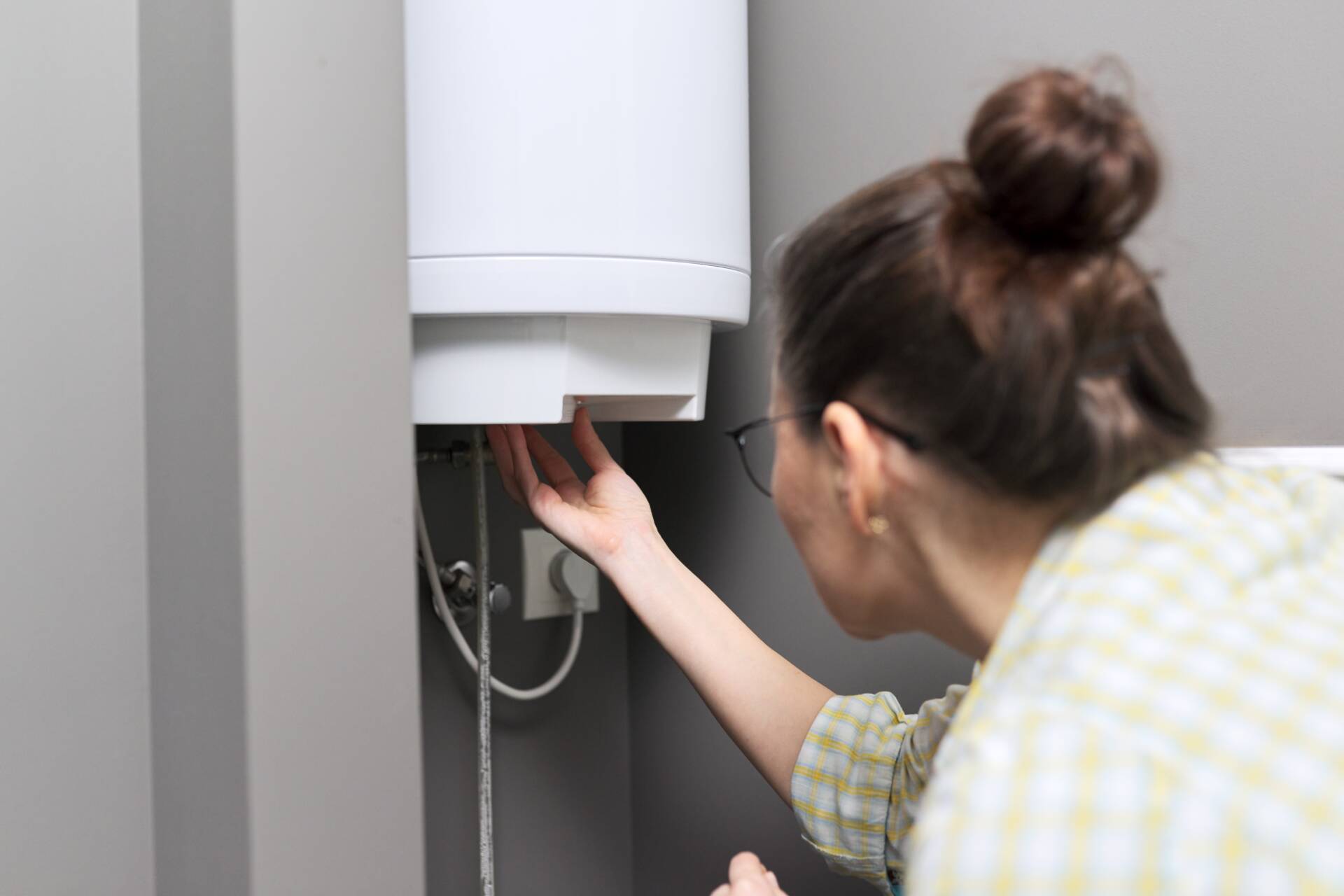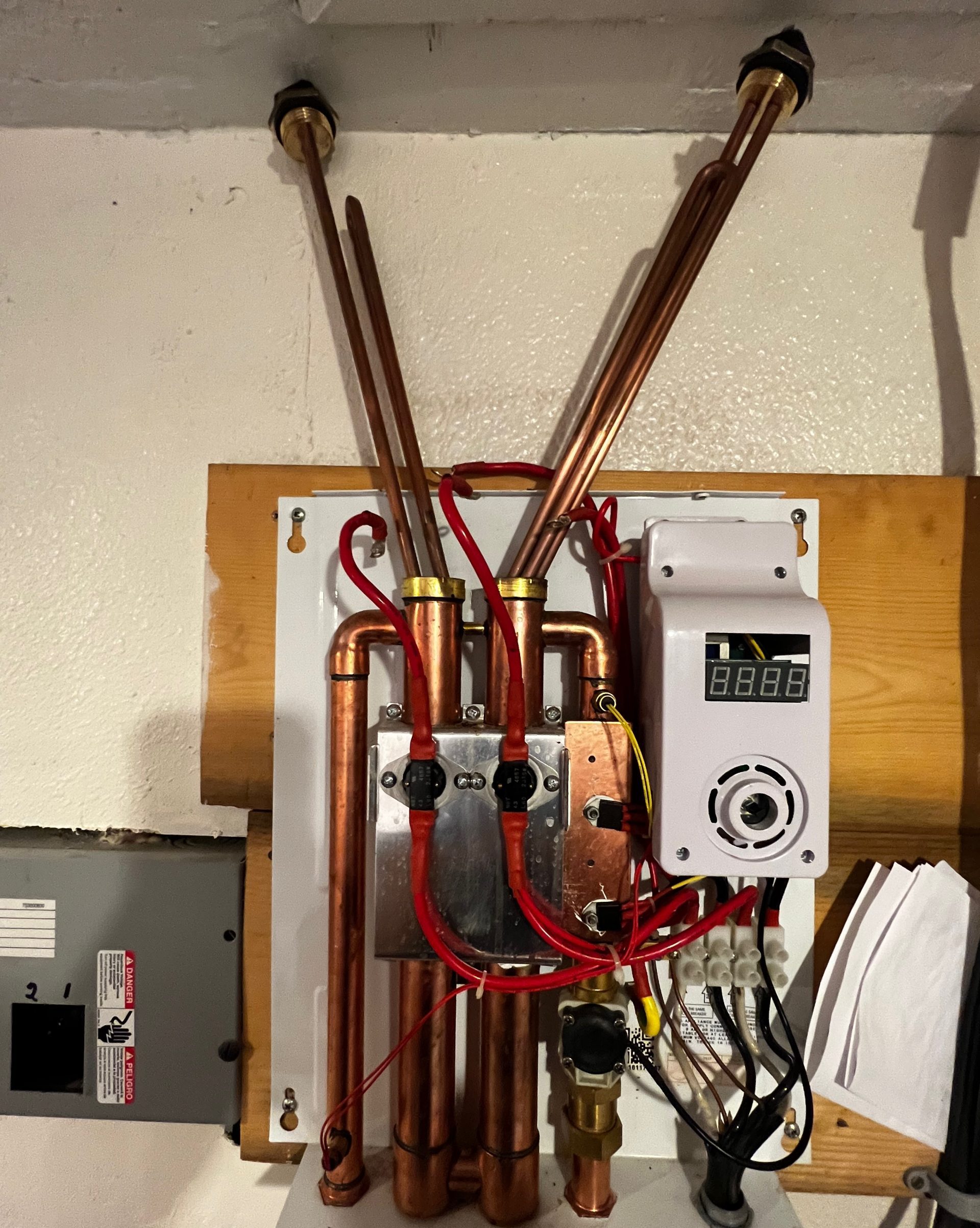Ways to Extend the Life of Your Home's Hot Water System Through MaintenanceTips on How to Keep Your Home's Hot Water System in Good Condition
Ways to Extend the Life of Your Home's Hot Water System Through MaintenanceTips on How to Keep Your Home's Hot Water System in Good Condition
Blog Article
This post listed below in relation to Tips For Maintaining Your Hot Water Heater is truly stimulating. You should read it.

Warm water is essential for day-to-day comfort, whether it's for a revitalizing shower or cleaning meals. To guarantee your hot water system runs effectively and lasts much longer, regular upkeep is key. This post provides sensible tips and understandings on how to preserve your home's hot water system to stay clear of interruptions and pricey repairs.
Introduction
Keeping your home's hot water system could seem complicated, but with a couple of straightforward actions, you can ensure it runs smoothly for years ahead. This guide covers whatever from recognizing your hot water system to DIY upkeep ideas and recognizing when to hire expert help.
Significance of Keeping Your Hot Water System
Normal maintenance not just prolongs the lifespan of your hot water system yet likewise guarantees it operates successfully. Disregarding maintenance can cause decreased effectiveness, higher energy costs, and also premature failing of the system.
Indications Your Warm Water System Needs Upkeep
Knowing when your hot water system needs interest can prevent significant problems. Keep an eye out for signs such as inconsistent water temperature level, odd noises from the heating unit, or corroded water.
Comprehending Your Warm Water System
Prior to diving into maintenance jobs, it's useful to recognize the standard components of your warm water system. Typically, this includes the water heater itself, pipes, anode poles, and temperature level controls.
Monthly Upkeep Tasks
Normal monthly checks can help catch small issues before they escalate.
Purging the Water Heater
Purging your hot water heater removes sediment accumulation, boosting performance and prolonging its life.
Monitoring and Replacing Anode Rods
Anode rods stop deterioration inside the container. Inspecting and replacing them when worn is critical.
Evaluating and Adjusting Temperature Level Setups
Adjusting the temperature level settings guarantees ideal performance and security.
DIY Tips for Maintenance
You can carry out a number of upkeep jobs on your own to maintain your hot water system in top condition.
Checking for Leakages
On a regular basis examine pipes and links for leakages, as these can cause water damages and greater expenses.
Evaluating Stress Alleviation Valves
Checking the pressure relief valve guarantees it operates properly and stops extreme pressure buildup.
Shielding Pipelines
Protecting warm water pipelines lowers heat loss and can save power.
When to Call a Specialist
While DIY maintenance is helpful, some issues require expert competence.
Complex Concerns Needing Professional Help
Examples include significant leaks, electrical troubles, or if your hot water heater is constantly underperforming.
Routine Professional Upkeep Conveniences
Specialist upkeep can include thorough examinations, tune-ups, and making sure conformity with safety and security criteria.
Conclusion
Regular upkeep of your home's warm water system is vital for efficiency, durability, and cost financial savings. By complying with these suggestions and recognizing when to look for specialist aid, you can ensure a trustworthy supply of warm water without unforeseen disruptions.
Water Heater Maintenance: The Basics
Maintaining your water heater will ensure it operates efficiently and has a longer lifespan. Neglecting regular maintenance can lead to costly repairs and an even bigger chunk of your savings if you have to replace it sooner than necessary. But there’s good news: Most water heater maintenance tasks are relatively simple and easy for homeowners with basic DIY skills.
Flush the Water Heater
Over time, sediment and minerals can build up in the tank, reducing its efficiency and potentially causing damage. To flush the tank, turn off the power or gas supply, attach a hose to the drain valve near the bottom and open the valve to drain the water until it runs clear. Ideally, flush the tank annually.
Replace the Anode Rod
The anode rod is a sacrificial metal rod that helps prevent corrosion inside the tank. Inspect and replace it every three to five years or per the manufacturer's recommendation. To replace the anode rod, turn off the power or gas supply, drain a few gallons of water from the tank, unscrew the old rod and replace it with a new one. If the anode rod is significantly corroded or covered in calcium buildup, it's a sign the water heater may need to be replaced soon.
Tune-Up
A yearly tune-up can help identify potential issues and ensure your water heater operates at peak efficiency. This typically involves checking the thermostat, burner assembly (for gas heaters) and any other components specified by the manufacturer. During a tune-up, the technician may also clean the burner and adjust the pilot light (for gas heaters) or examine the heating elements (for electric heaters).
How to Maintain Your Water Heater
Insulate the tank. Insulating the tank can improve energy efficiency and reduce heat loss, saving you money on energy bills. You can purchase precut insulation blankets designed specifically for water heaters or use standard fiberglass insulation wrapped securely around the tank. Check the temperature. The recommended water temperature for most households is around 120 degrees Fahrenheit (49 degrees Celsius). Higher temperatures can increase energy costs and potentially cause scalding. Use a kitchen thermometer to check the temperature at the faucet nearest the water heater. Monitor water pressure. Excessive water pressure can strain the water heater and cause leaks or even tank failure. Install a pressure-reducing valve if necessary. The ideal water pressure range is between 60 and 70 PSI (pounds per square inch). Test the temperature and pressure (T&P) relief valve. The T&P relief valve is a safety feature that releases pressure if the tank gets too hot or the pressure builds up too high. Test it annually by lifting the lever and allowing a small amount of water to release. Replace the valve if it doesn't release water or reseal properly. Check for leaks. Regularly inspect the tank, pipes and fittings for leaks or corrosion. Deal with issues promptly to prevent further damage. Even a small leak can lead to significant water damage over time. Consider a tankless water heater. If your traditional tank-style water heater is nearing the end of its lifespan ( typically 10 years), consider replacing it with a tankless water heater. These units heat water on demand, reducing standby energy losses and potentially saving you money on your energy bills. Schedule professional maintenance. While homeowners can perform many water heater maintenance tasks, it's still a good idea to schedule professional maintenance every few years. A plumber or HVAC technician can thoroughly inspect the unit, identify potential issues and ensure it operates safely and efficiently. https://www.homeserve.com/en-us/blog/home-improvement/hot-water-heater-maintanence/

We had been shown that report on Water Heater Maintenance Tips You Can't Afford to Forget through an associate on our other domain. Appreciated our piece? Please share it. Let someone else discover it. Thanks a lot for your time. Please check our blog back soon.
Visit My Web Page Report this page